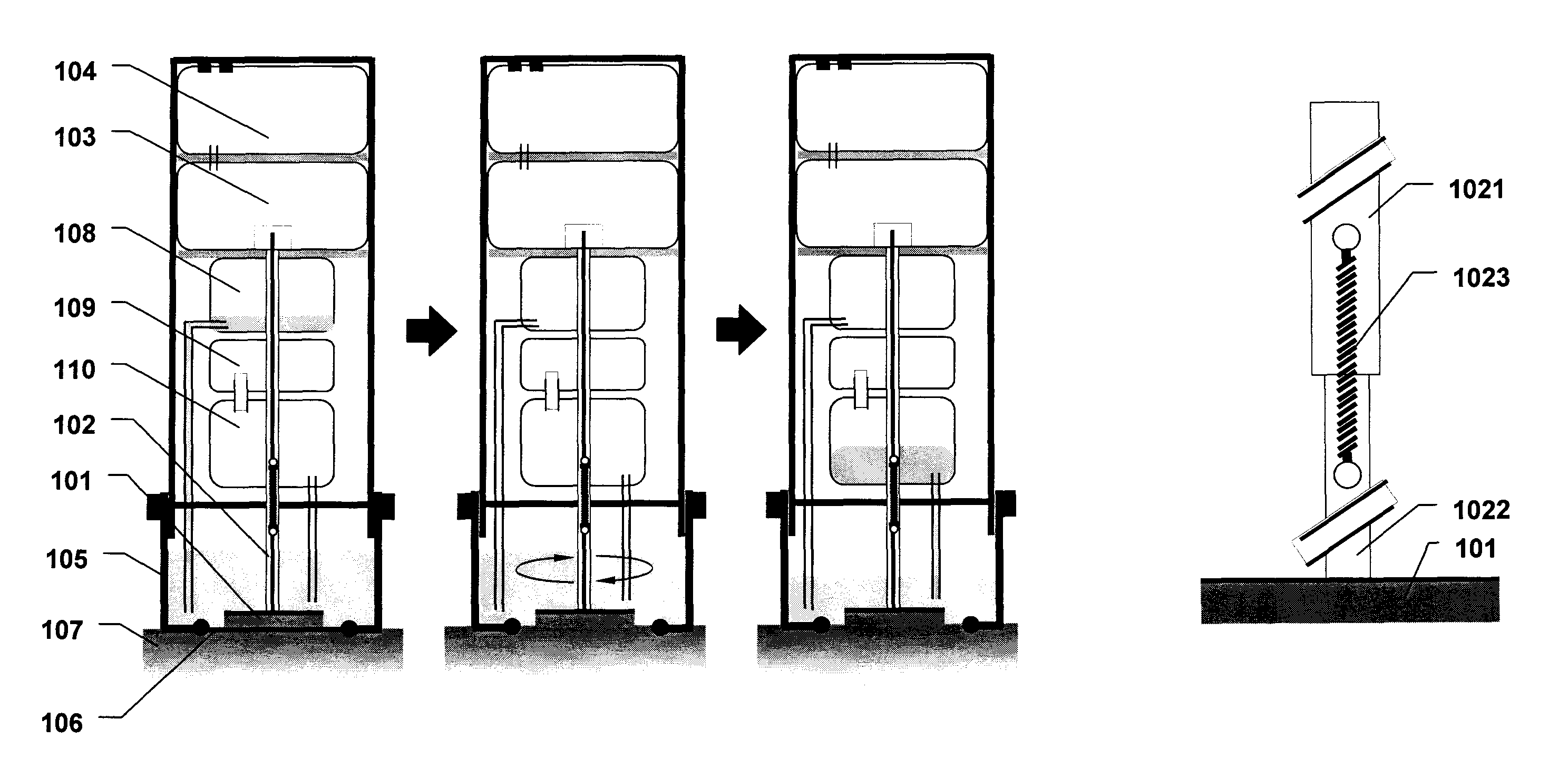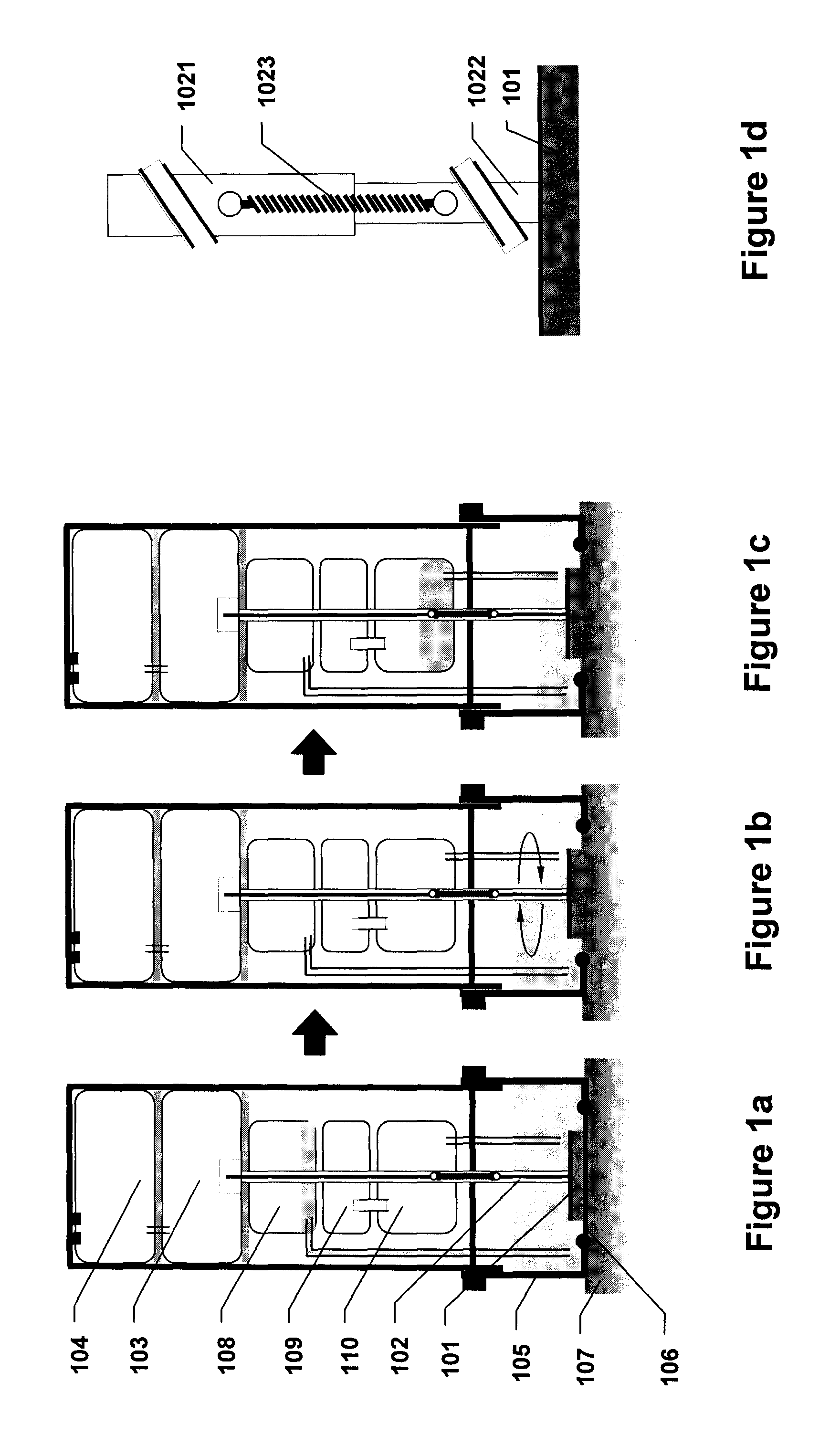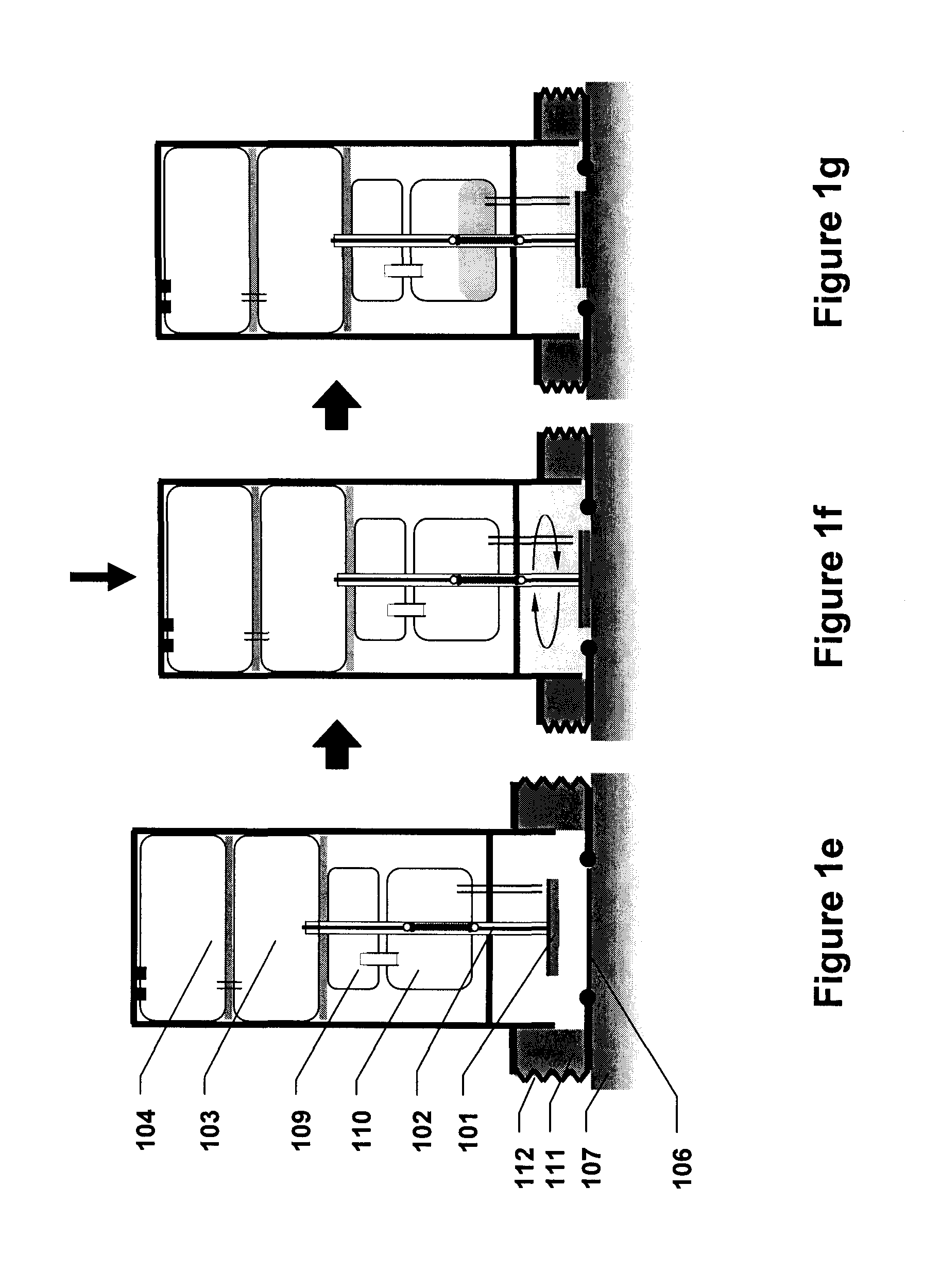System, method and device for tissue-based diagnosis
a tissue-based diagnosis and system technology, applied in the field of tissue-based diagnosis, can solve the problems of increasing misdiagnosis and inappropriate use, unable to explain current methods also fall short of explaining the complete molecular genesis of diseases, so as to facilitate the passage of drugs, and improve the effect of tissue flux
- Summary
- Abstract
- Description
- Claims
- Application Information
AI Technical Summary
Benefits of technology
Problems solved by technology
Method used
Image
Examples
example 1
Sampling of Skin by an Abrasive Energy-Based Device
[0183]Referring to FIGS. 7a through 7e, an abrasive energy-based tissue liquefaction device for sampling of skin tissue is described. Device is assembled from three components—751 (assembly of device housing 701 containing motor 704 and electrical conductivity components 705 and 706); 752 (disposable assembly of LPM cartridge 708, collection container 707 and needle 709); and 753 (disposable assembly of LPM housing 712, abrasive pad 711 and shaft 710) (FIG. 7a). The assembled device is placed against a pre-identified region of interest on skin 713, such that abrasive pad 711 is facing skin 713 (FIG. 7b). Sliding plunger 702 located on top of the device is pushed towards skin, which pushes needle 709 into LPM cartridge 708, breaking its sterile seal and transfers LPM into housing 712. Sliding plunger 702 also energizes motor 704 through battery pack 703, setting the shaft 710 and abrasive pad 711 in rotary motion against skin tissue ...
example 2
Sampling of Skin by a Microneedle-Based Device
[0184]Referring to FIGS. 8a through 8d, a microneedle-based tissue liquefaction device for sampling of skin tissue is described. The device is placed against a pre-identified region of interest on skin 807, such that microneedle bearing patch 805 is facing skin 807 (FIG. 8a). Sliding plunger 801 located on top of the device is pushed towards skin 807 such that LPM soaked sponge 804 is squeezed and releases LPM into housing 803 (FIG. 8b). Consequently, microneedles in patch 805 and housing 803 at the skin interface are filled with LPM. To initiate liquefaction process, sliding plunger 801 is further pushed into skin tissue 807 leading to insertion of microneedles 805 into skin tissue 807 (FIG. 8c). As skin tissue is liquefied, tissue components are dissolved in LPM contained in housing 803. Upon completion of skin liquefaction, pre-vacuumized sample container 802 is pushed towards skin tissue 807 such that needle 806 punctures sample cont...
example 3
Reservoir Housing for Capturing Tissue Analytes
[0185]Referring to FIG. 9 (Panels a-d) a design for a reservoir housing to capture tissue analytes from liquefied tissue samples is described. The reservoir housing (901) is intended to be used with energy-application devices described herein, as a container to collect the liquefied tissue sample. The housing is coated with capture substrates (902) which selectively bind to tissue analytes (903) present in the sample. Upon sufficient incubation of the tissue sample, the sample is discarded while the analytes (903) are held in the housing. The analytes are eluted by an elution buffer in the housing for subsequent capture of the analytes as a separate sample (904). Alternatively, the housing can be integrated in an analytical tool for analyzing the bound analytes (903).
PUM
| Property | Measurement | Unit |
|---|---|---|
| Force | aaaaa | aaaaa |
| Pressure | aaaaa | aaaaa |
| Solubility (mass) | aaaaa | aaaaa |
Abstract
Description
Claims
Application Information
 Login to View More
Login to View More - R&D
- Intellectual Property
- Life Sciences
- Materials
- Tech Scout
- Unparalleled Data Quality
- Higher Quality Content
- 60% Fewer Hallucinations
Browse by: Latest US Patents, China's latest patents, Technical Efficacy Thesaurus, Application Domain, Technology Topic, Popular Technical Reports.
© 2025 PatSnap. All rights reserved.Legal|Privacy policy|Modern Slavery Act Transparency Statement|Sitemap|About US| Contact US: help@patsnap.com



